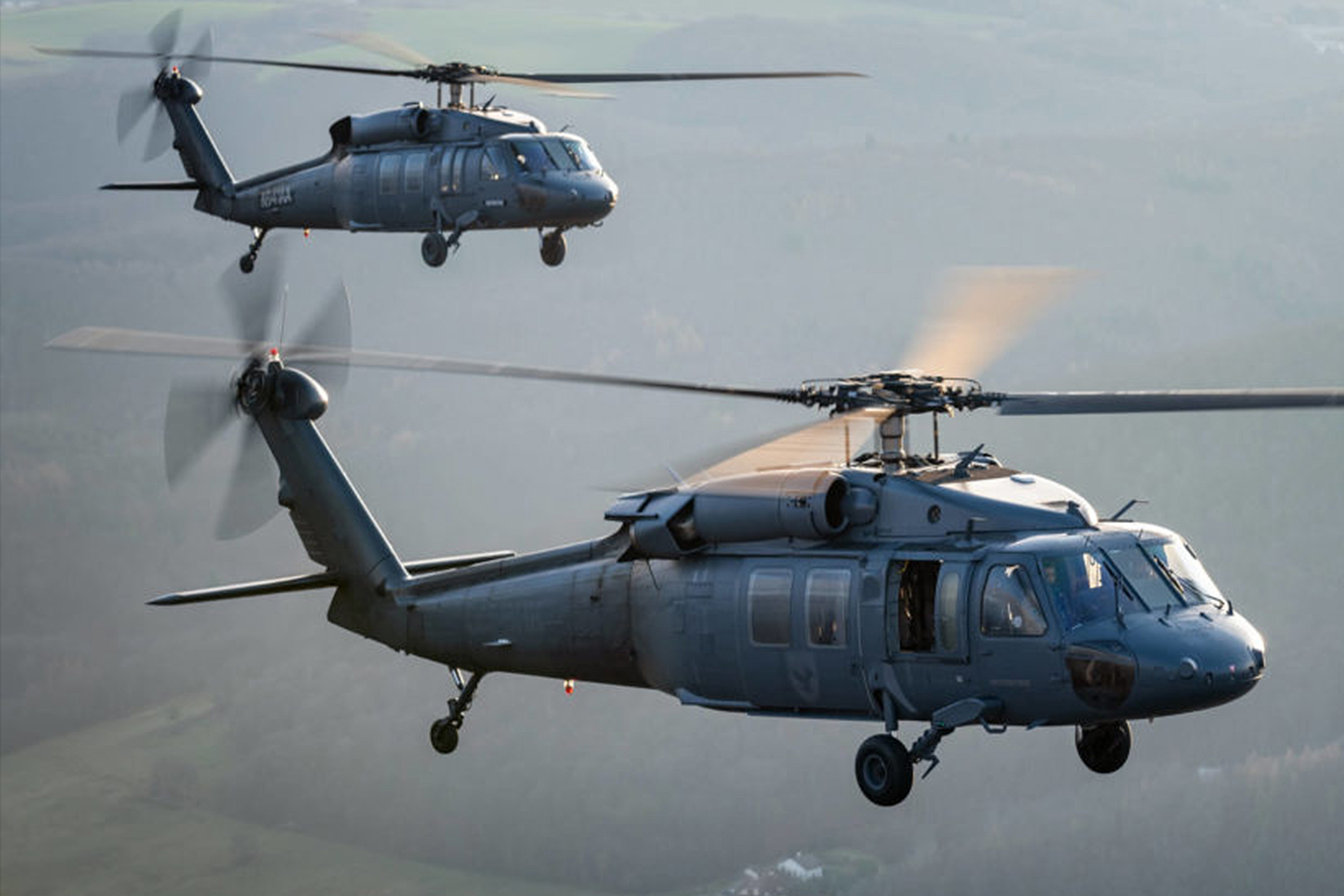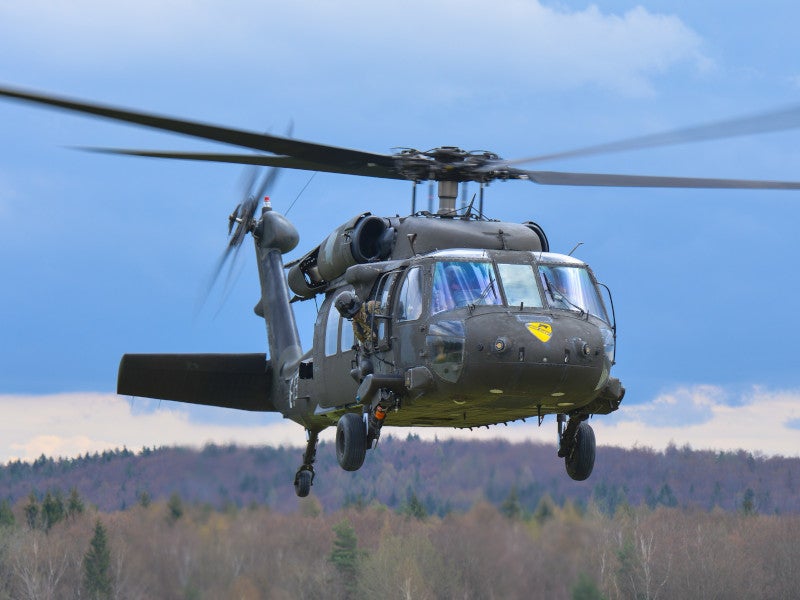UH 60 Black Hawk Helicopter Variants and Their Usages
UH 60 Black Hawk Helicopter Variants and Their Usages
Blog Article
The Impact of Sustainable Practices on the Future of Aircraft Procedures and Emissions Decrease
As the aviation industry faces raising examination over its ecological impact, the fostering of lasting practices arises as an essential pathway towards future aircraft operations and exhausts reduction. Innovations in sustainable aviation gas and improvements in hybrid propulsion innovations stand at the forefront of this makeover, promising substantial decreases in greenhouse gas exhausts.

Introduction of Sustainable Practices
Sustainable methods in aircraft procedures include a series of techniques aimed at lowering ecological effect while maintaining functional performance. These methods are vital in the air travel market's dedication to reducing its carbon footprint and adhering to international ecological requirements. Trick efforts include enhancing flight courses to decrease fuel intake, enhancing maintenance protocols to make sure airplane run at peak effectiveness, and implementing advanced technologies such as winglets and lightweight products that improve aerodynamics.

Training and engaging team on sustainability practices likewise play an important function, fostering a society of ecological responsibility within companies. In general, the assimilation of these sustainable techniques not just helps in reducing exhausts yet additionally enhances the long-lasting feasibility of the aeronautics industry, ensuring it satisfies the needs of both clients and governing bodies while contributing to global sustainability goals.
Cutting-edge Fuel Alternatives
Countless innovative gas choices are emerging as essential remedies to lower the aviation industry's dependence on typical fossil fuels. Amongst these options, Lasting Air travel Fuels (SAFs) have actually obtained significant focus because of their prospective to lower lifecycle greenhouse gas discharges by up to 80% compared to traditional jet gas. SAFs are acquired from different feedstocks, including waste oils, agricultural deposits, and even algae, making them a versatile option for the industry.
Another promising alternative is hydrogen fuel, which, when used in fuel cells, creates just water vapor as a result. This zero-emission prospective presents a considerable opportunity for decarbonizing flight operations, especially for short-haul flights and regional airplane. Additionally, electric propulsion systems are being discovered, leveraging battery technology to power airplane. While present battery capability limitations range and payload, continuous advancements may quickly render electric trips viable for certain applications - uh 60.
Last but not least, biofuels originated from biomass are being examined, providing an eco-friendly choice that can be blended with typical gas. Jointly, these cutting-edge gas alternatives stand for an important step towards accomplishing a lasting air travel environment, straightening with global exhausts decrease targets and boosting the sector's ecological stewardship.
Technological Developments in Aeronautics

Just how can technological improvements reshape the future of aeronautics? Innovations such as electrical and hybrid propulsion systems are at the leading edge, encouraging substantial reductions in gas consumption and greenhouse gas exhausts.
Moreover, the execution of innovative materials, such as lightweight compounds, contributes to boosted aerodynamics and gas performance. Making use of expert system and equipment knowing in flight operations optimizes path preparation and reduces fuel shed by enabling real-time modifications based upon weather and traffic problems. In addition, the advancement of self-governing and remotely piloted airplane systems stands to revolutionize cargo and traveler transportation, potentially boosting performance while decreasing human mistake.
Additionally, lasting aviation modern technologies, consisting of innovative air web traffic monitoring systems, can streamline procedures and reduce congestion, leading to reduced emissions throughout trip. These improvements jointly stand for a paradigm change in aviation, assuring a future where sustainability and operational performance are linked, thereby sustaining the market's commitment to lowering its environmental influence.

Regulative Framework and Conformity
Due to the growing emphasis on ecological stewardship within the aviation market, the governing framework regulating aircraft operations is advancing to promote sustainable practices. Regulatory bodies, such as the International Civil Aviation Company (ICAO) and various national aeronautics authorities, are presenting strict guidelines aimed at decreasing go to website emissions and enhancing functional efficiency.
These laws commonly consist of the fostering of Lasting Aeronautics Gas (SAF), which has been acknowledged as an essential part in attaining lower carbon footprints. In addition, conformity with these policies calls for airlines to execute innovative innovations and functional practices, such as optimized trip paths and boosted air website traffic management, to reduce gas usage.
In addition, the enforcement of discharges trading systems and carbon balancing out campaigns is coming to be significantly widespread, engaging airlines to check and report their exhausts precisely. Non-compliance can lead to substantial charges, hence pressing operators to focus on sustainability in their company additional hints versions.
Inevitably, the progressing governing landscape not only drives advancement and investment in eco-friendly technologies yet likewise fosters a culture of liability within the aeronautics industry. As these frameworks remain to create, the focus on sustainable methods will be indispensable to accomplishing the field's long-lasting environmental goals.
Future Patterns in Aircraft Procedures
As the air travel industry adapts to an increasingly strict regulatory setting, future patterns in airplane procedures are established to focus on ingenious solutions that better improve sustainability and efficiency - uh 60. Trick growths will likely consist of the fostering of innovative air web traffic administration systems, which utilize real-time data and artificial intelligence to maximize trip paths, reducing fuel usage and discharges
An additional significant pattern is the boosted combination of sustainable air travel gas (SAFs) These options to conventional jet gas, stemmed from renewable resources, can considerably decrease lifecycle greenhouse gas emissions. The sector's dedication to SAFs will likely increase as airlines team up with gas manufacturers to make certain availability and cost-effectiveness.
In addition, the push in the direction of electrification and hybrid propulsion systems is gaining energy. Emerging airplane designs will incorporate these modern technologies, supplying quieter and a lot more efficient procedures, specifically for short-haul flights.
Conclusion
The fostering of sustainable aviation fuels, paired with developments in he said electrical and hybrid propulsion systems, is crucial for minimizing lifecycle greenhouse gas emissions. Maximizing trip paths and welcoming cutting-edge technologies contribute to a quieter and a lot more environmentally friendly air travel sector.
Advancements in sustainable air travel gas and innovations in crossbreed propulsion modern technologies stand at the leading edge of this change, encouraging considerable reductions in greenhouse gas discharges.Countless ingenious gas alternatives are arising as critical remedies to minimize the aeronautics industry's dependence on traditional fossil gas - uh 60. Among these choices, Lasting Air travel Gas (SAFs) have actually gotten substantial focus due to their prospective to reduce lifecycle greenhouse gas emissions by up to 80% compared to conventional jet gas.Another significant fad is the enhanced assimilation of sustainable aeronautics gas (SAFs) The fostering of lasting aeronautics fuels, paired with improvements in electric and hybrid propulsion systems, is essential for reducing lifecycle greenhouse gas emissions
Report this page